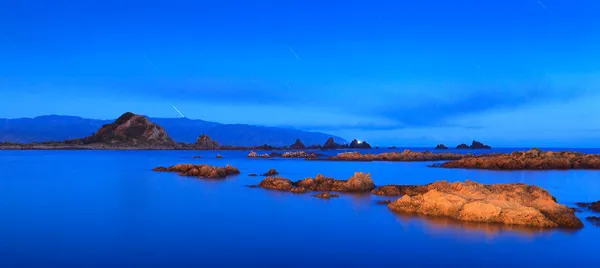
Landscape painting is a form of art that has been around for centuries. It is the depiction of natural scenery, such as mountains, valleys, and rivers, among others. However, what makes a landscape painting truly stand out is the lighting. The right lighting can transform an ordinary landscape into an extraordinary masterpiece. In this article, we will discuss the power of light and how to capture the right lighting for your landscape painting.
Understanding Light
Before we dive into how to capture the right lighting, we must first understand light. Light is a form of energy that travels in waves and can be absorbed, reflected, or refracted. In painting, light is essential, as it determines the mood, atmosphere, and depth of a painting.
The three primary characteristics of light are intensity, color, and direction. Intensity refers to how bright or dim the light is, while color refers to the hue of the light. Direction refers to where the light is coming from, such as the sun, moon, or artificial light source.
Capturing the Right Lighting
Now that we understand light, let’s discuss how to capture the right lighting for your landscape painting. There are three main types of lighting: front lighting, side lighting, and back lighting.
Front Lighting
Front lighting is when the light source is behind the artist, shining directly onto the subject. This type of lighting is ideal for capturing the colors and details of the landscape. The lighting is even, and there are no harsh shadows, making it easier to paint.
Side Lighting
Side lighting is when the light source is coming from the side of the subject, creating strong shadows and highlights. This type of lighting is ideal for creating a dramatic effect, as it adds depth and dimension to the painting. It can also be used to highlight specific areas of the landscape, such as a mountain peak or a riverbank.
Back Lighting
Backlighting is when the light source is behind the subject, shining towards the artist. This type of lighting creates a silhouette effect, where the subject is black against a bright background. This type of lighting is ideal for creating a moody, atmospheric painting.
Other Factors to Consider
In addition to the type of lighting, there are other factors to consider when capturing the right lighting for your landscape painting. These include the time of day, weather conditions, and the position of the sun or moon.
Time of Day
The time of day can have a significant impact on the lighting of your landscape painting. Early morning or late afternoon light is typically warm and golden, while midday light can be harsh and bright. Evening light is usually cooler and softer, while nighttime light can be moody and atmospheric.
Weather Conditions
Weather conditions can also affect the lighting of your landscape painting. Cloudy or overcast days can create soft, diffused light, while sunny days can create harsh shadows and highlights. Rainy or foggy days can create a moody, atmospheric effect.
Position of the Sun or Moon
The position of the sun or moon can also impact the lighting of your landscape painting. The sun or moon angle can create long shadows or highlights, adding depth and dimension to your painting.
Conclusion
In conclusion, capturing the right lighting is essential for creating a successful landscape painting. Understanding the different types of lighting and other factors, such as time of day and weather conditions, can help you capture the perfect lighting for your painting. Remember to experiment and try different lighting techniques to find the perfect lighting for your landscape painting. With practice and patience, you’ll be able to capture the power of light and create beautiful, breathtaking landscape paintings.


